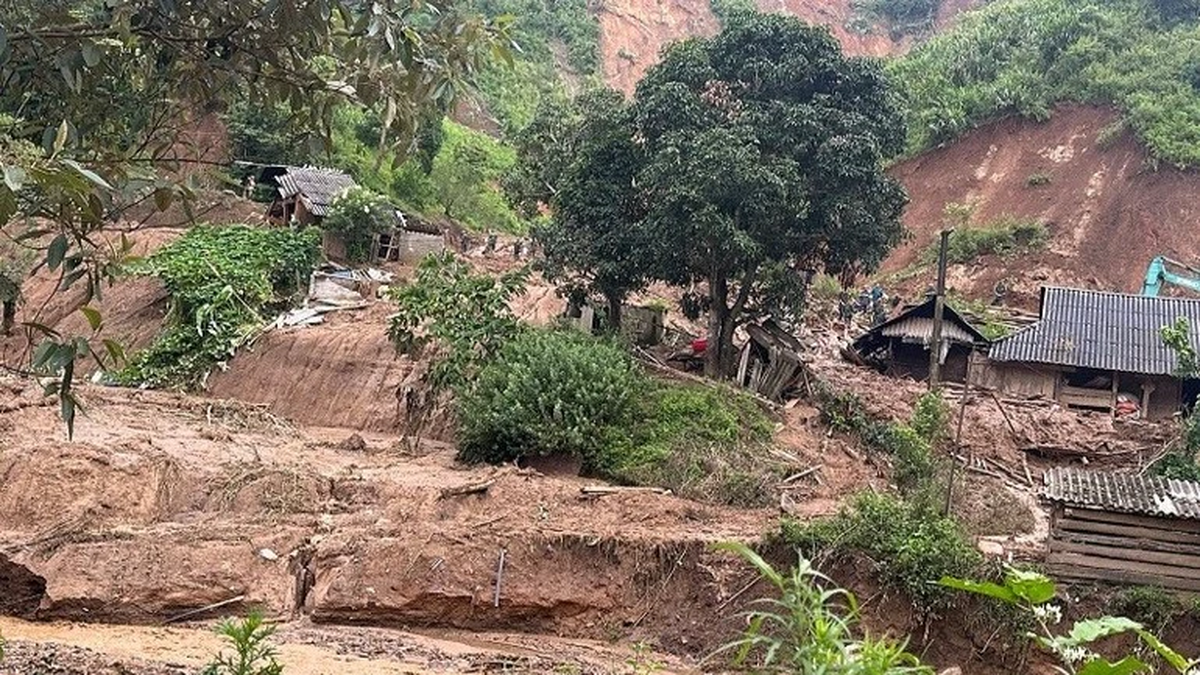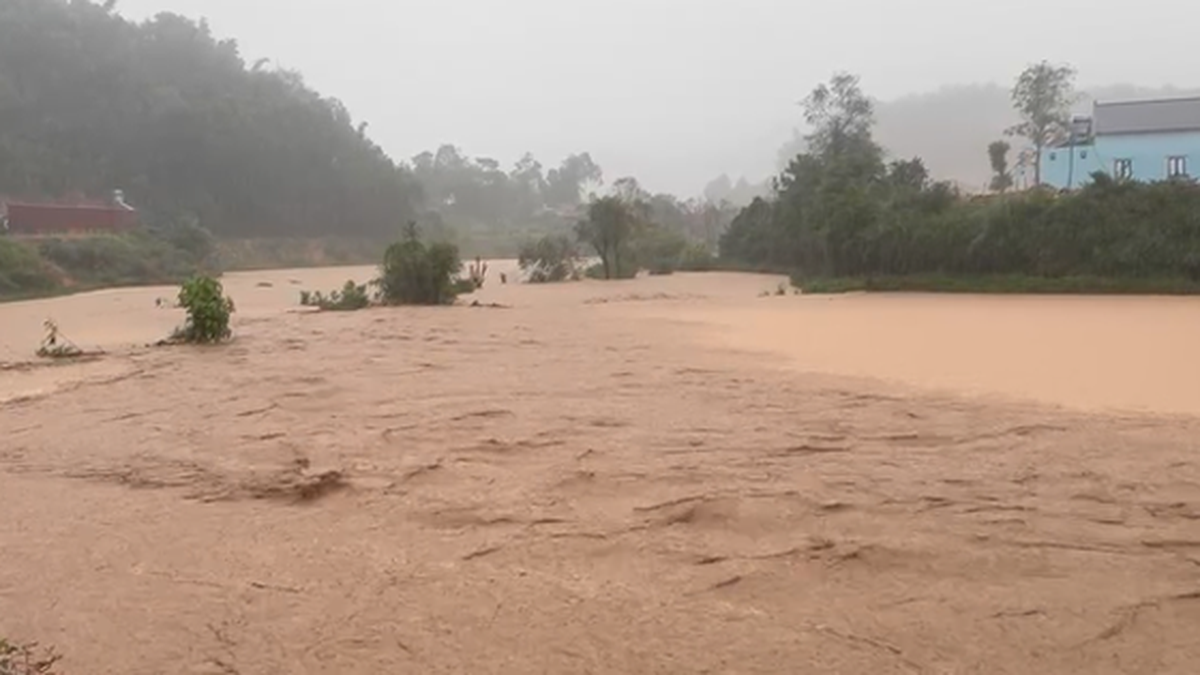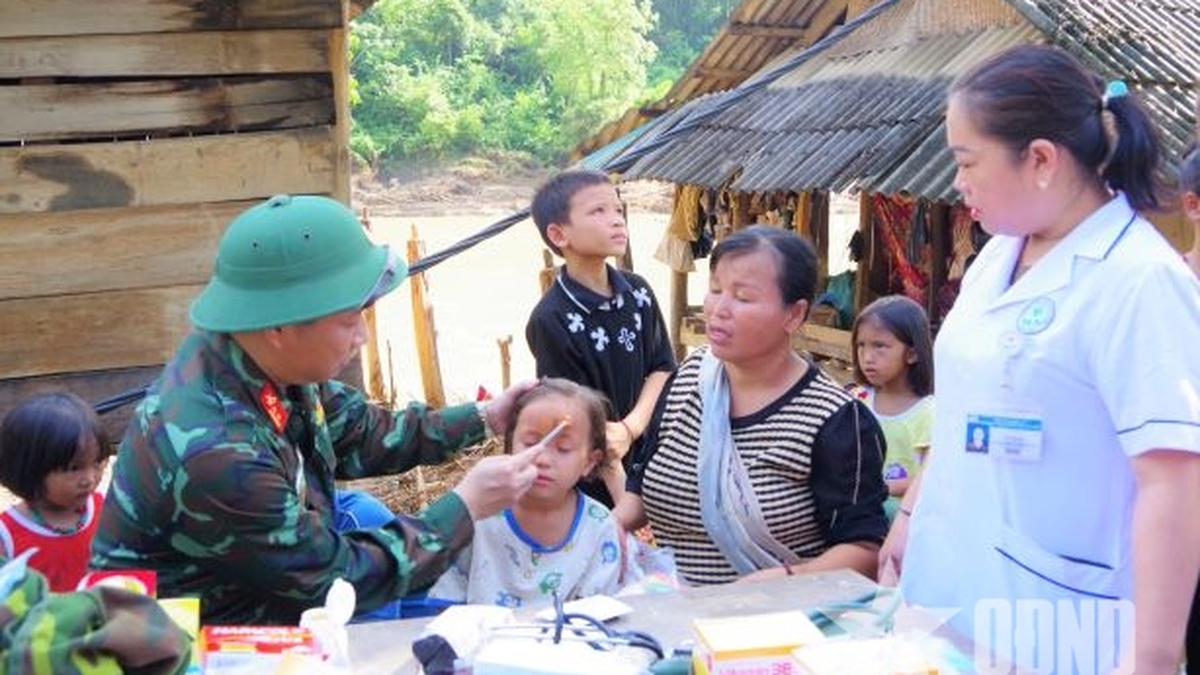
The task management board reports the research results to the Advisory Council for acceptance assessment.
The scientific objective of the mission is to research and propose solutions to increase carbon reserves in vegetation in Hai Phong city, contributing to building a scientific basis for natural resource management associated with climate change adaptation and sustainable development. The research team conducted a field survey with 475 points and 1,148 satellite image points, the results showed that the total amount of Corg in biomass and sediment/soil is estimated at 16.16 million tons of C, equivalent to 59.3 million tons of CO₂. Most of this carbon is in the rice and agricultural soil layers (11 million tons of C), reflecting the important role of the flooded rice farming system in accumulating organic carbon. For Cat Ba natural forest and coastal protection forest, about 3.45 million tons of C are stored, in which woody biomass is dominant. Mangroves and freshwater wetlands contain 0.41 million tonnes of C, while shrub/grass beds and seagrass accumulate about 0.59 million and 0.034 million tonnes of C, respectively. Urban greenery, parks and inland waters have the lowest reserves (less than 0.005 million tonnes of C), but provide many landscape and public health benefits.
In addition, the research team has built a digital map and WebGIS database on carbon distribution and storage in the city's vegetation. This map provides quantitative and visual information on carbon "hotspots", supporting decision-making in land use planning, biodiversity conservation and sustainable development. The GIS system also helps monitor carbon fluctuations over time, detect early abnormal changes (such as deforestation, land degradation), and support management agencies in implementing climate change adaptation and mitigation measures.
From the above research results, it can be seen that Hai Phong's vegetation is an important part of the city's low carbon strategy, while also bringing many ecological and economic benefits, increasing resilience to climate change and moving towards the city's goal of zero net emissions. To maximize this role, it is necessary to synchronously implement the following groups of solutions: Protecting and restoring forest ecosystems; Increasing carbon stocks in agricultural vegetation; Developing and sustainably managing urban vegetation; Perfecting local policies and increasing resources for implementation.
According to the Council, in addition to the achieved results, the research team needs to edit and supplement some contents: it is necessary to redefine the objects, scope and approach; the tables need to be specific and detailed; the carbon stock table needs to announce the amount of stable and unstable carbon... The Council unanimously agreed to accept the topic./.
Vu Thanh
Source: https://sokhcn.haiphong.gov.vn/tin-hoat-dong-chung/nghien-cuu-va-de-xuat-giai-phap-nang-cao-tru-luong-cac-bon-trong-cac-tham-thuc-vat-tren-dia-ban--768341


































































































Comment (0)